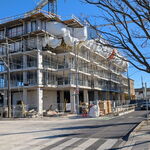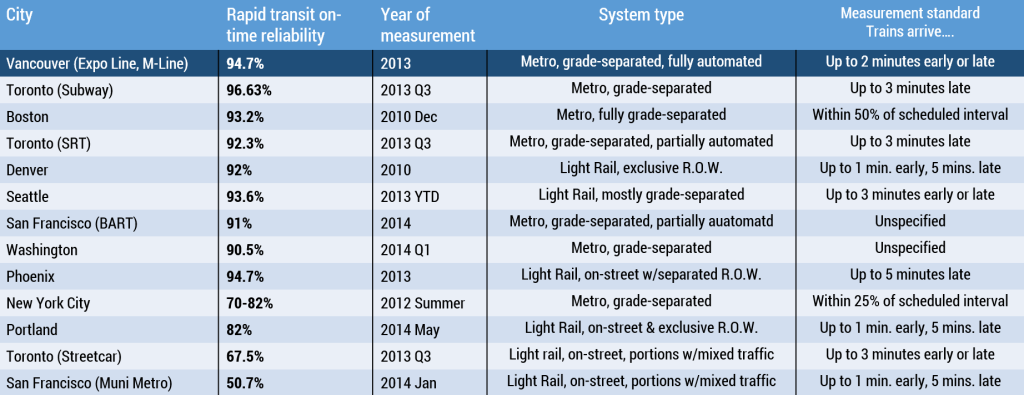mrgrieves
Active Member
I guess this is because Toronto was a smaller city than Montreal up until the 60s and 70s when the city started booming and it made sense to build high rises. I also think there could be cultural factors at play where people in Montreal are historically happier to use cars less. Much of Montreal is triplexes and similar buildings. I don't see much of that in Toronto.







